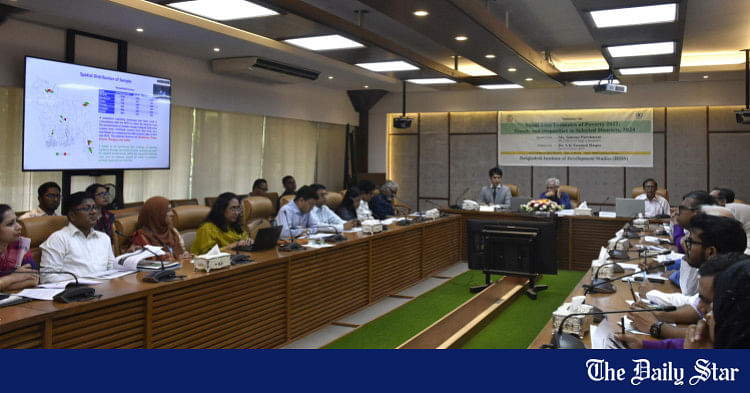
Poverty rises sharply in multiple districts
- 24.03.2025 19:37
- thedailystar.net
- Keywords: AI
Bangladesh's poverty rate has risen sharply between 2022 and 2024, particularly in rural areas, driven by inflation, climate change, and economic slowdowns. The study highlights alarming food insecurity trends, with households resorting to negative coping strategies, underscoring the need for urgent policy interventions to address the crisis.